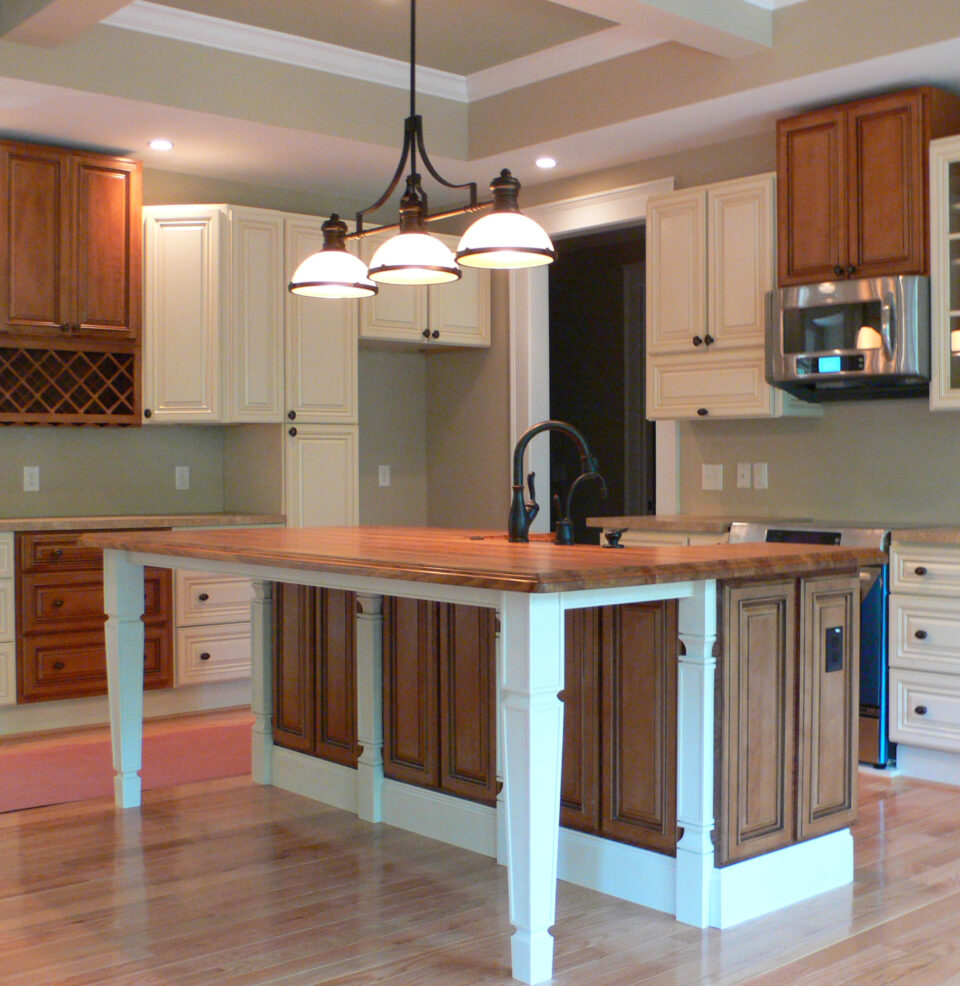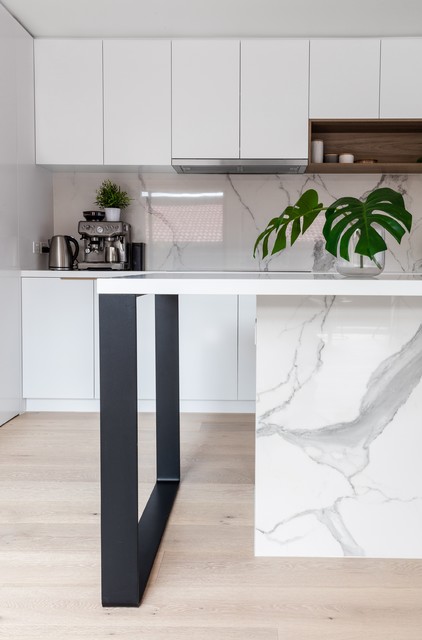Upgrade Your Kitchen with Trendy Kitchen Island Leg Solutions
Upgrade Your Kitchen with Trendy Kitchen Island Leg Solutions
Blog Article
The Significance of a Sturdy Cooking Area Island Leg in Producing a Practical Food Preparation Location
A sturdy kitchen area island leg functions as a basic part in establishing a functional cooking atmosphere, giving necessary support for both the countertop and different kitchen area tasks. The security it supplies can considerably decrease the danger of crashes in high-traffic locations, while additionally adding to the overall aesthetic coherence of the area. As kitchen areas progress right into multifunctional locations for food preparation, eating, and mingling, the selection of products and layout factors to consider for island legs becomes increasingly vital. Understanding these elements can transform your kitchen right into a more secure and a lot more effective location, motivating further exploration right into the very best alternatives readily available.
Benefits of Sturdy Island Legs
Offering vital support, sturdy cooking area island legs play a crucial function in enhancing the capability and resilience of kitchen islands - kitchen island leg. These legs not just birth the weight of the countertop and any added things positioned on the island, but additionally add to the overall security of the structure. A well-supported kitchen island makes certain that it stays useful and upright, even under heavy usage, which is particularly important in active kitchen area environments
Moreover, tough island legs can improve the aesthetic allure of the cooking area. They supply a solid structure that can enhance numerous style styles, from modern to traditional. This versatility permits home owners to personalize their kitchen islands according to personal preference while guaranteeing that the structural honesty remains uncompromised.
Along with their encouraging role, robust kitchen area island legs can additionally enhance security. A stable island minimizes the risk of crashes triggered by tipping or tottering, which is especially important in houses with children or elderly individuals. Moreover, solid legs can promote a seamless circulation of tasks, permitting for efficient meal preparation and social interactions within the kitchen area room. Inevitably, investing in durable cooking area island legs is necessary for a useful and aesthetically pleasing cooking location.
Materials for Kitchen Area Island Legs
When picking products for cooking area island legs, resilience and aesthetic appeal are vital factors to consider,. The most typical products consist of hardwood, metal, and crafted timber, each offering unique advantages.
Wood, such as maple, oak, or cherry, is a traditional option as a result of its strength and timeless appeal (kitchen island leg). It can hold up against significant weight and is resistant to wear, making it perfect for high-use kitchen area atmospheres. In addition, hardwood can be stained or painted to enhance different kitchen styles
Metal legs, commonly crafted from stainless steel or functioned iron, provide a industrial and contemporary appearance. They are extremely solid and can sustain substantial loads while being immune to moisture and warmth, which is beneficial in a cooking location. Metal legs can additionally be conveniently cleaned up, boosting their functionality.

Layout Considerations for Stability
The option of materials for cooking area island legs straight influences the layout considerations for stability. When making a cooking area island, it is vital to assess the weight-bearing capacity of the picked materials. Much heavier materials, such as solid timber or steel, commonly supply higher stability, specifically under the anxiety of daily usage.
In addition, the leg style should include appropriate geometry to enhance security. A wider base increases the assistance area, minimizing the threat of tipping or wobbling. Consideration ought to also be offered to the height of the legs; out of proportion leg sizes can result in inequality, jeopardizing the overall stability of the island.
Moreover, the circulation of weight across the island is vital. Guaranteeing that the leg placement lines up with the heaviest parts, such as devices and counter tops, will certainly further enhance stability.
Maintenance Tips for Long Life

Depending on the material of the legs-- whether wood, metal, or composite-- suitable cleaning techniques must be used. Steel legs might call for a light gloss to protect against corrosion and maintain their luster.
Additionally, tightening screws and bolts regularly can guarantee stability and avoid wobbling. Think about strengthening the legs with extra brackets or supports to improve sturdiness click to find out more if the kitchen area island experiences hefty usage. Applying a protective coating or sealer can protect against dampness and discolorations, extending the lifespan of the legs. By following these upkeep ideas, house owners can ensure their kitchen island legs continue to be durable and useful for years to come.
Picking the Right Leg Design
Normal upkeep makes certain that cooking area island legs remain functional and durable, but selecting the best leg style is equally important for both appearances and assistance. The selection of leg design can substantially affect the general style and harmony of your kitchen.

Performance is another important aspect. As an example, thicker legs or those with a tough base can sustain heavier counter tops and devices, boosting the island's energy. On the other hand, slim legs may produce an airy look, appropriate for lighter designs yet possibly much less supportive.
Conclusion
In summary, the significance of strong kitchen area island legs can not be overemphasized in the production of a useful food preparation area. These legs offer necessary assistance, improve stability, and contribute to the overall visual of the cooking area. By carefully selecting ideal products and layouts, along with applying correct upkeep techniques, the long life and performance of cooking area islands can be made certain. Ultimately, purchasing durable island legs is basic to attaining a safe and efficient culinary setting.
A sturdy click here to read cooking area island leg serves as a basic element in developing a practical cooking atmosphere, offering essential support for both the kitchen counter and different kitchen activities.Providing crucial support, tough kitchen island legs play a crucial function in boosting the functionality and durability of kitchen area islands. Ultimately, official statement investing in sturdy cooking area island legs is important for a practical and aesthetically pleasing cooking area.
Factor to consider should likewise be given to the height of the legs; out of proportion leg lengths can lead to discrepancy, endangering the overall security of the island.
Wood legs provide warmth and a timeless look, while metal legs use a commercial and modern feel.
Report this page